No one is sure when the 618-acre wildlife paradise that had been Palmyra Atoll, a thousand miles south of Hawaiʻi, started dying. But it is believed to be one more casualty of World War II.
Palmyra sustained millions of seabirds and healthy stands of now imperiled Pisonia trees. There were at least ten species of land crabs, including the world’s largest terrestrial invertebrate — the coconut crab, which can weigh 15 pounds and live as long as a human. The land crabs maintained the plant community by dispersing seeds, breaking down organic matter and mixing soils. Seabirds did the same by bringing marine nutrients to this otherwise sterile coral atoll.
Palmyra’s native ecosystem was recovering from the U.S. Navy’s construction of bunkers, buildings, roads, piers, fuel tanks, and ammo dumps. What it couldn’t recover from was the infestation of alien black rats, presumably stowaways on Navy ships.
The rats ate the seeds of Pisonia and three other rare tree species, shutting down reproduction. They ate the land crabs, chewed the heads off baby sea turtles, feasted on seabird eggs and hatchlings and all manner of terrestrial and intertidal invertebrates.
Thus did Palmyra become one of countless islands around the globe converted by alien invaders from diversity and beauty to sameness and sterility. Ninety percent of all archipelagos are infested with alien rodents.
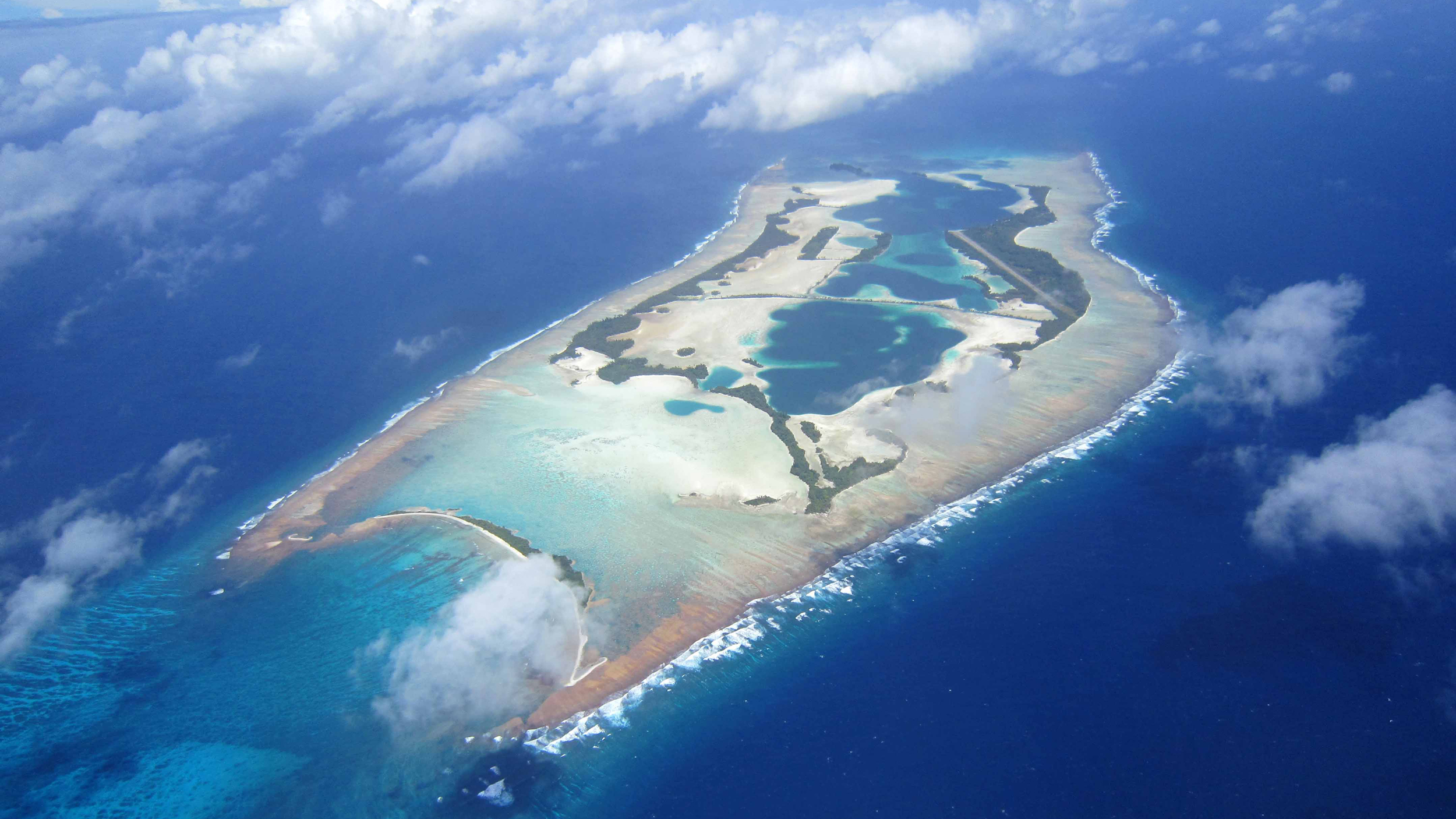
But unlike dead organisms, dead ecosystems can be brought back to life. That has happened at Palmyra. The island, a national wildlife refuge since 2001, is jointly owned and managed by The Nature Conservancy (TNC) and the U.S. Fish and Wildlife Service (USFWS). In 2011, Island Conservation (a non-profit group specializing in removing alien invaders from islands) and the USFWS partnered with TNC to rid Palmyra of rats.
Before the 1980s rodent eradication on islands this complex was unthinkable. But brodifacoum changed that. Non-anticoagulant rodenticides failed because they were so fast-acting. Rats aren’t stupid. When they saw other rats convulse and die shortly after ingesting bait they learned to avoid it. What makes brodifacoum such an effective conservation tool is that it takes a few days to work, so rodents don’t learn to associate it with danger.
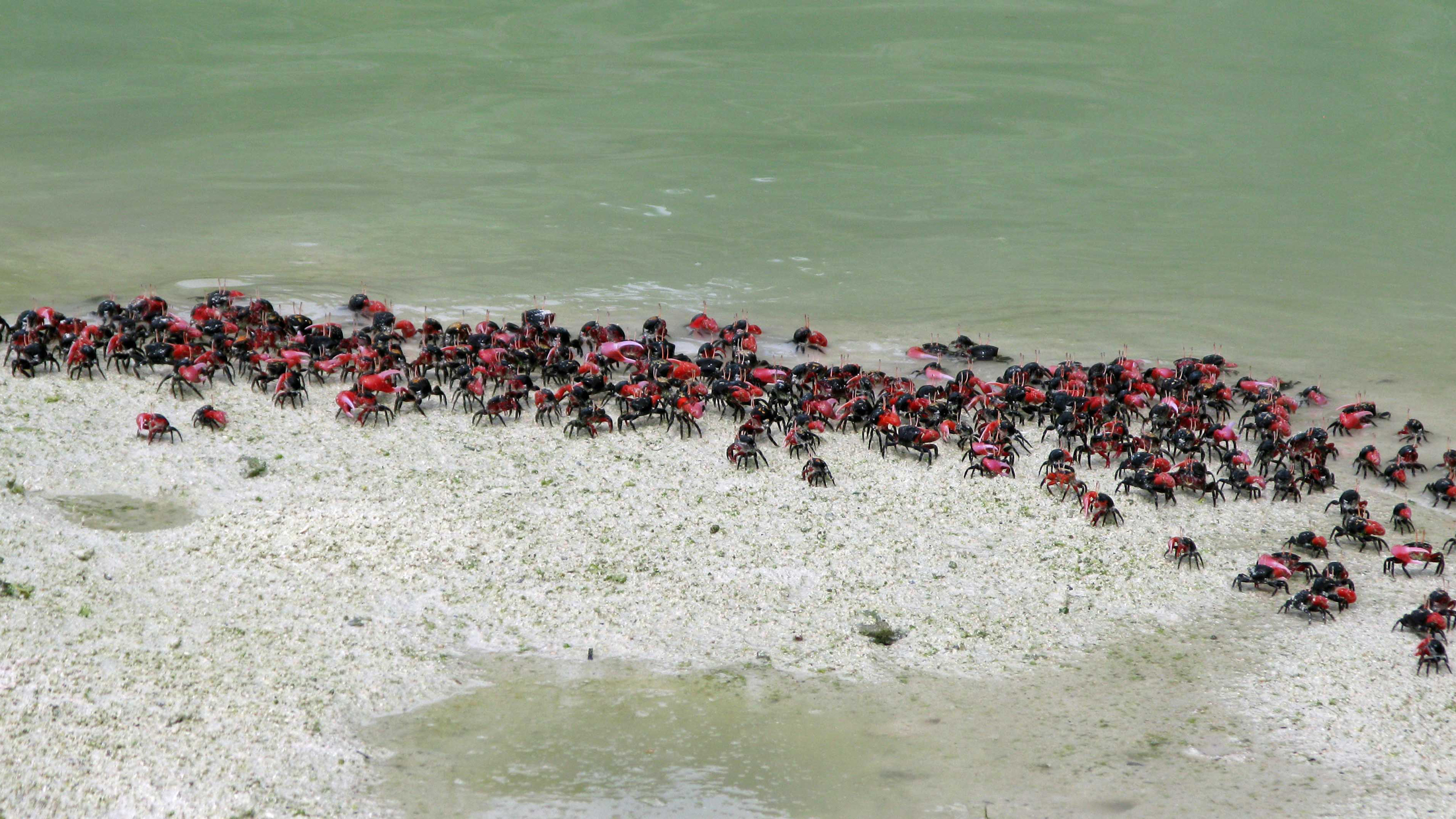
Recovery of Palmyra is just starting, but already changes are spectacular. Today the refuge supports one of the few healthy tropical coastal strand forests found in the Central Pacific. Populations of two land crab species, so depressed by rats they hadn’t been previously observed, are now regularly seen. Seedlings that sprouted a few weeks after the last rat died now tower over managers’ heads. These and other healthy plants provide shelter or cover for at least 10 breeding seabird species, including the planet’s second largest colony of red-footed boobies. Researchers report dramatic increases in sooty terns, white terns, black noddies, brown noddies, and white-tailed tropicbirds. And recolonization of wedge-tailed shearwaters, blue noddies and gray-backed terns appears imminent.
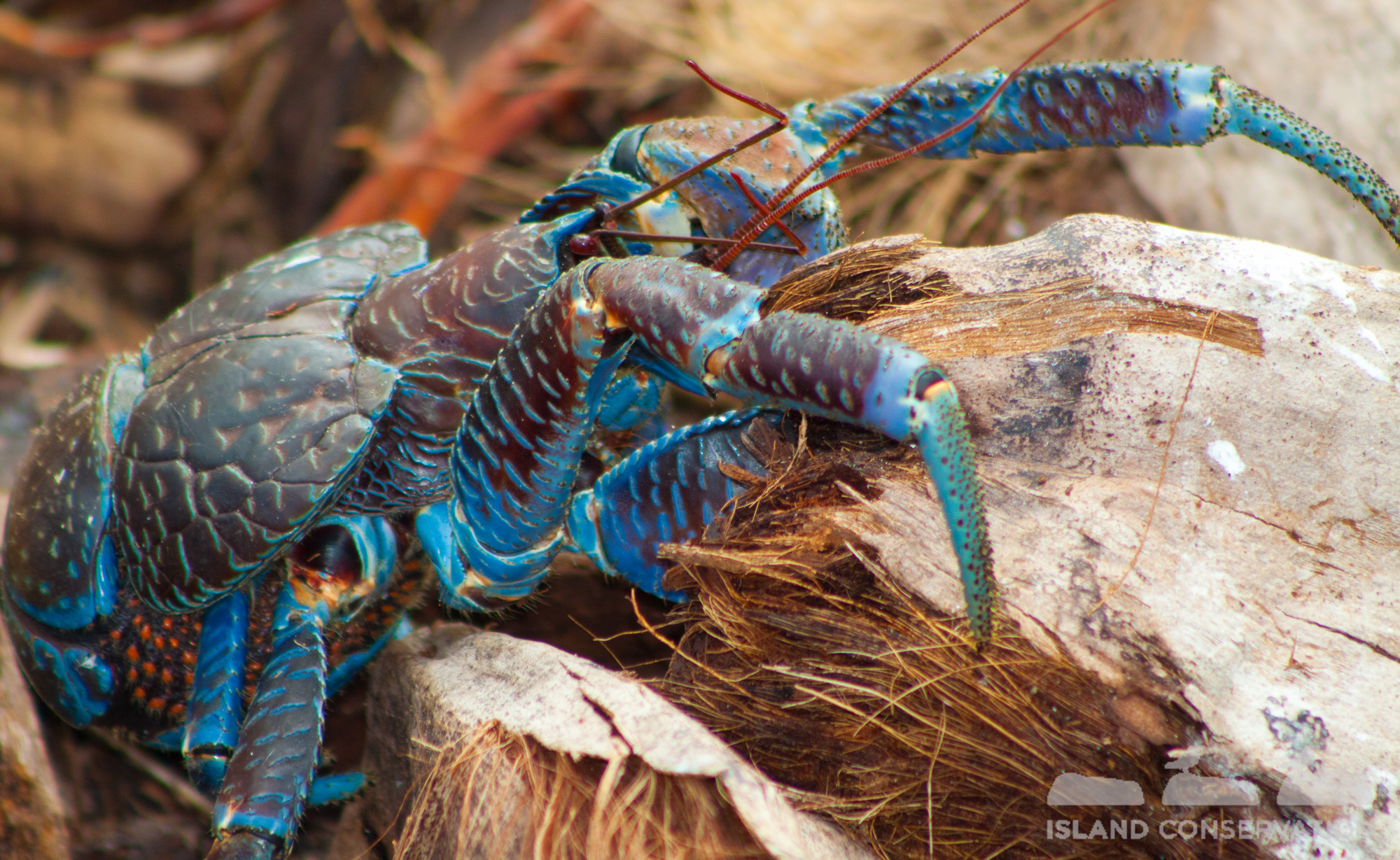
“It was a wonderfully successful effort by our team,” says Evelyn Wight, senior communications manager for TNC Hawaiʻi. “It required an enormous amount of cooperation and coordination. We’re seeing native trees growing like crazy, numbers of fiddler crabs like nobody has ever seen; the ground seems to move with them.”
Refuge manager Amanda Pollock reports “population explosions” of dragonflies and crickets as well as thousands of sooty tern fledglings during each breeding season, compared with a couple of hundred during the rat years.
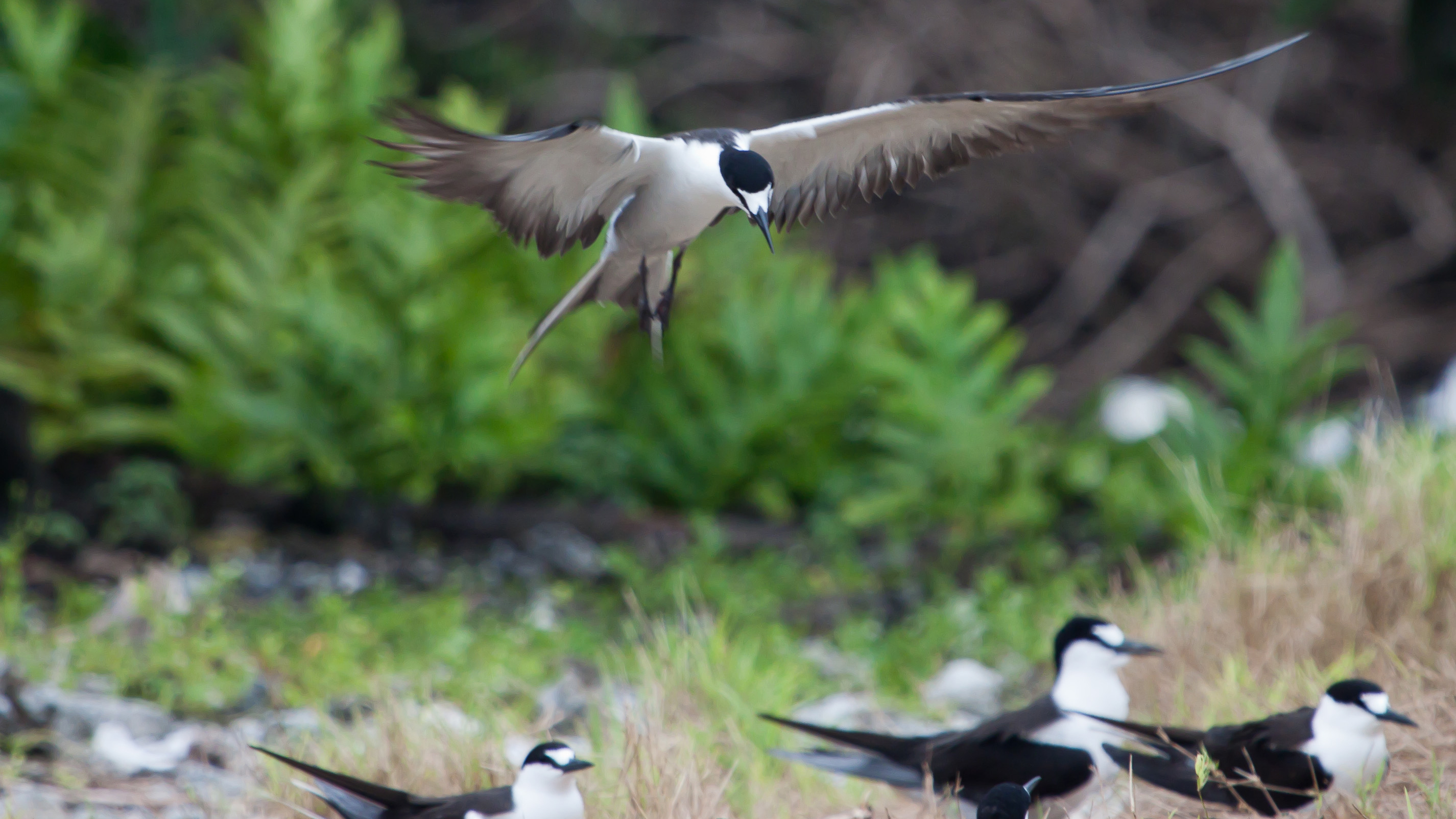
Unique factors made the project one of the most challenging rodent eradications ever attempted. Rats spent much time in the forest canopy. Land crabs competed with rats for poison bait, eating it like candy and with impunity. Elusive bristle-thighed curlews, which were attracted to the bait, had no such immunity. The partners undertook the effort when these migratory birds were mostly summering in Alaska. Virtually all that remained were captured and held safely in pens until the bait was no longer available — a feat some ornithologists had deemed impossible.
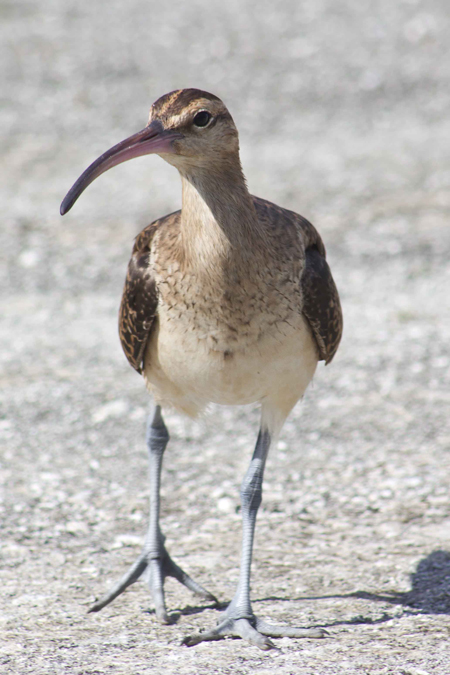
With these projects there is no “close enough.” If one male-female rodent pair or one pregnant female survives, you fail; and occasionally you do fail. In fact, in 2002 an eradication attempt on Palmyra by TNC and the U.S. Department of Agriculture left a few rats alive. Wildlife managers hadn’t counted on the tree-dwelling rats or the rich food supply that limited home ranges, requiring more bait stations in tighter grids.
But managers learn from failures. To lay the groundwork for the second attempt TNC and the U.S. Fish and Wildlife Service called in Island Conservation. Eradication experts from New Zealand, where brodifacoum for island recovery was first deployed, helped with implementation. Two helicopters were specially fitted and shipped to the atoll to broadcast pelletized bait specially developed by Bell Laboratories to withstand the warm, wet environment. The partners used slingshots to fire bait into trees. To keep it out of the water they devised bolas with two bait-filled bags made of biodegradable gauze on each end of a string. Suspended by a 50-foot cable from a helicopter intrepid New Zealander Pete McClelland looped the bolas over the crowns of trees, thereby acquiring the nickname “Dope on a Rope.” Bunkers and other concrete structures from the war days were hand baited.
“The whole operation was brilliant,” declares Gerry McChesney, manager of the mouse-infested Farallon National Wildlife Refuge 28 miles seaward of San Francisco and the most important seabird habitat in the contiguous states. “Amazing that it was successful. I look at Farallones recovery [in the planning stage since 2004] and it has complexities, but nothing like Palmyra.”
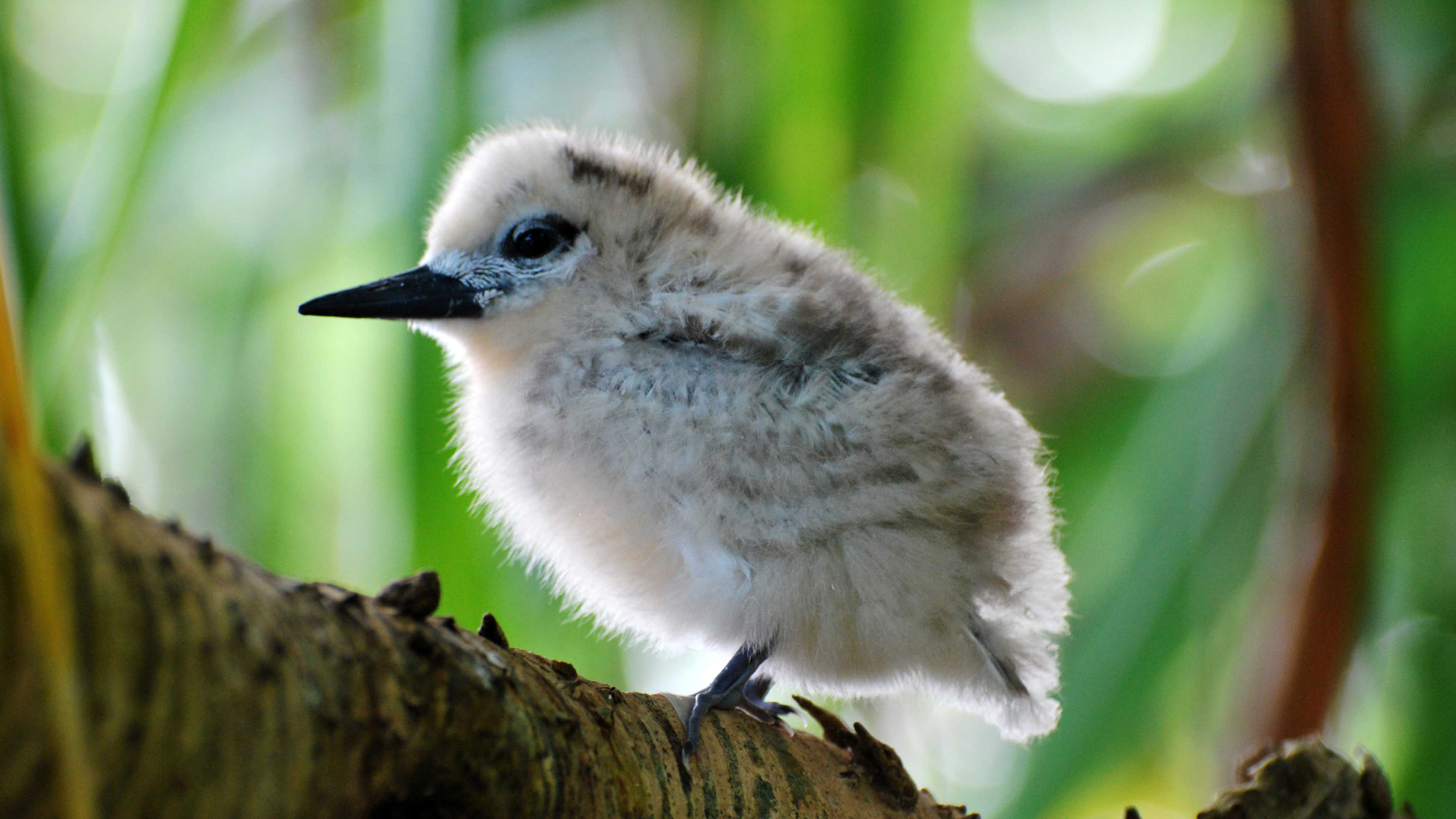
Jeopardizing recovery of the Farallones and other rodent-blighted islands is a pervasive mindset that assigns equal value to aliens and natives, that rejects use of all poisons in all situations, and that would sacrifice entire species to prevent limited deaths of non-target organisms (inevitable with any rodent eradication).
Environmental activist Maggie Sergio of Fairfax, California proves the old saw that one concerned citizen can make a difference. She proves also that this isn’t always a good thing. Sergio is probably the world’s busiest opponent of rodent eradication, which she publicly condemns as “inhumane.” “People are doing this to make money,” she told me. “This is insanity.”
Sergio and her allies failed to significantly disrupt Palmyra recovery but are working hard to block the Farallones effort, perhaps with some success because they’ve generated opposition from the City of San Francisco. And so far, nearly 33,000 people have signed their online petition to kill the project.

In New Zealand Sergio’s denunciation of poisoning rodents and other invasive aliens on islands elicited this response from the Royal Forest and Bird Protection Society: “Should we allow introduced pests to kill our native species, or should we kill the pests, so that our native species can survive? Should we use the best pest control tools and techniques currently available, recognizing that they are not perfect, or should we wait for a better solution to be found and watch more of our 2,700 vulnerable native species disappear?”
Good questions. And anyone concerned about alleged cruelty of brodifacoum to alien rodents needs to view this video from Gough Island in the South Atlantic, once the most important seabird habitat on earth:
Viewer discretion advised: House mice swarm antlike over a towering Tristan albatross chick — a critically endangered species — slowly eating it alive.
This is the latest in a series called “Recovery” written by Ted Williams. He writes about fish and wildlife for national publications.




It is simply AMAZING to read that there are people who consider the killing of man introduced, ecodestuctuve RATS into an ecosystem ‘inhumane ‘!!!
Palmyra Atoll has been declared a Hope Spot due to its diversity of life and critical importance to the health of the world’s oceans.
https://www.islandconservation.org/palmyra-atoll-hope-worlds-oceans/
please keep eliminating those rodents. they will never be an endangered species.
Thank you for the dedication and effort you have put in. One of your supporters told me about this on facebook and i am more than happy to help spread the word for you. I am the admin of the facebook page called Animals Air Land and Sea. Your supporter has posted this article to the visitors section and i am going to share it to the main page for you. I will keep on reposting it for you too. If there is anything else i can do to help, please feel free to message my page.
Awesome
Rats, feral cats and dogs, mongooses, wild hogs and goats and sheep, wild horses, … Humans …. So much constant rampant destruction of natural ecosystems.
It is so hard to understand – let alone sympathize in any way with – the clueless protectors of these evil unnatural plagues. Shame on them. May they itch all over.
This is a wonderfully heartening story and everyone involved is to be congratulated. However, it saddens me greatly that with all the massive problems we face in repairing our planet and its native wildlife and plants we also have to combat these misguided cretins. We actually have people in Australia who would protect introduced feral foxes, cats, dogs, rabbits et all of which have decimated our wildlife such that we have lost more species then any other continent on our planet. I cannot help but feel that we should lock these folks in a dark room with starving mice and rats just on the off-chance they might change their minds.
This is encouraging and an amazing feat! I hope people of common sense rule in the Farallones rodent extermination issue. I’d love to see somebody take on feral pigs in the United States.
Mr. Williams looks like and writes like what I know as a real fisherman. My uncle Frank Carroll was a friend of Ted Williams ,the ball player during the time he was stationed at Bronson Field in Pensacola, Fl. He taught Ted how to throw a cast net and probably a lot more about fishing than that as Uncle Frank was probably the best that ever lived. Ted was said to be just a bit arrogant and abrasive and my uncle liked his cousin, Dick Williams better. I learned a lot about fishing from Uncle Frank growing up. Fishing was certainly better then than today around here. Most of the problems stem from overdevelopment and the exploiting of petroleum offshore in the Gulf. What I am most proud of about my uncle was his work helping to preserve some of the Panhandle beaches pushing quietly behind the scene to create National Seashore here. My childhood beach is now preserved, surrounded by some of the ugliest concrete condo canyons in the world. I rarely go there now because you have to pass by these eyesores to get there. The Nature Conservacy attempted to save Gulf State Park land across the state line in Alabama but was rejected by the crooked political machine and their spurious privatization scheme. As a result, the park has been secretly carved up and sold off to be slowly developed in a gradual, inexorable squeeze that nobody will notice until nothing is left. I applaud the Nature Conservacy’s attempt but we must be ever vigilant in the endless struggle against the mindless destruction spawned by those blinded by avarice and greed and a total disregard for the gifts that nature bestows upon us all.
After a life traveling and working my way around the world, I try to live today the way I was raised -as a farmer, subsistence fishing and hunting on the side. I never kill more than I will eat (something more people should consider) and often make gyotaku prints of notable catches, something I’ve gotten proficient at doing , learning during eight years working and living in Japan and the twenty-some years back here at home. I might be of service to the Nature Conservacy in this capacity as I have done work for Dauphin Island Sea Lab and even have a couple of prints in the Museum of Natural History , British Museum in London, England. I wonder if the Conservacy might consider the usefulness of recording catches of fish caught for research purposes as a baseline for future comparison in both pristine and over-exploited fisheries. Gyotaku is the most accurate technique to do this but is difficult to do well without long experience.
I offer my services without charge, voluntarily. Obtained images might even be useful for advertising or promotional purposes.
Hi Tim, Thank you for your interest in volunteering with TNC! You can find volunteer opportunities here: http://www.nature.org/about-us/volunteer/search-volunteer-opportunities/index.htm and the volunteer contact page for Florida is here: http://www.nature.org/ourinitiatives/regions/northamerica/unitedstates/florida/volunteer/index.htm
I applaud this project and hope it can be used elsewhere as conditions allow. The world has become littered with invasive species, introduced with the best of intentions, or with abysmal ignorance. It seems unrealistic to plan to eliminate all of them, but in isolated environments it can and should be done.
I am an environmentalist, humanist, naturalist …but a rat is a rat. They have “plagued ” the world’s societies for thousands of years…no better or useful than cockroaches and just as prolific at reproducing Bye-bye rats.
Eradication is the way forward.tha person opposing this is not bring practical. Rats and mice also brings disease. The ill effect of the poison outweighs the negative impact on the environment by these marauding rats. So onward toward rat eradication when and where necessary.so what if some people are making money .not all organisations can contribute pro bono.
I’m a 52 year old Swiss screw machinist. I have been for some 34 years. I ran a room of 117 machines as a Leadman. I do not have any experience with such an effort as saving even a small piece of our planet earth. But….. If there is any way that one can make a living. I would be so honored to help. I can get just about anything done, somehow or other. So if your in need, look me up. My name is Patrick. PEACE !!!
Hi Patrick, You should check the Nature Conservancy job page (http://jobs.nature.org/) for information. There are a wide variety of jobs in conservation.
Check this out:
http://www.nbcnews.com/nightly-news/video/journey-to-palmyra-atoll-the-paradise-where-tv-cameras-have-never-been-684824131857
Very impressive…keep up the excellent work. The rats have to go! One question, is there a concern about shorbirds ingesting invertebrates ( like sandhoppers) that have consumed brodifacoum which could possibly cause secondary poisoning?